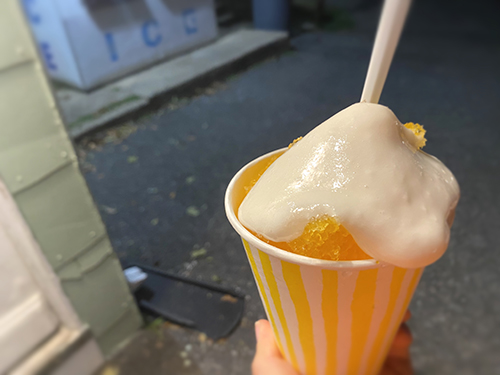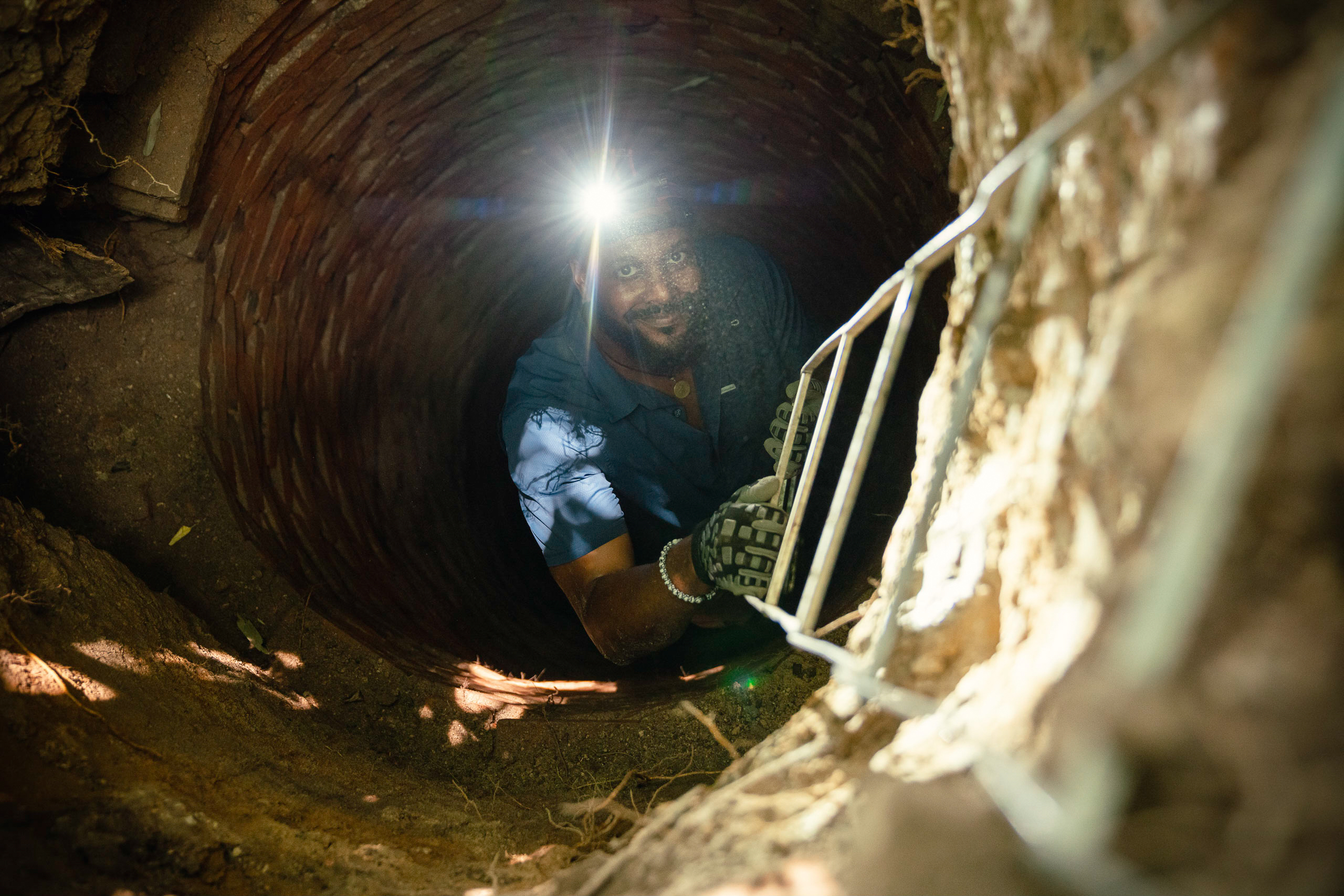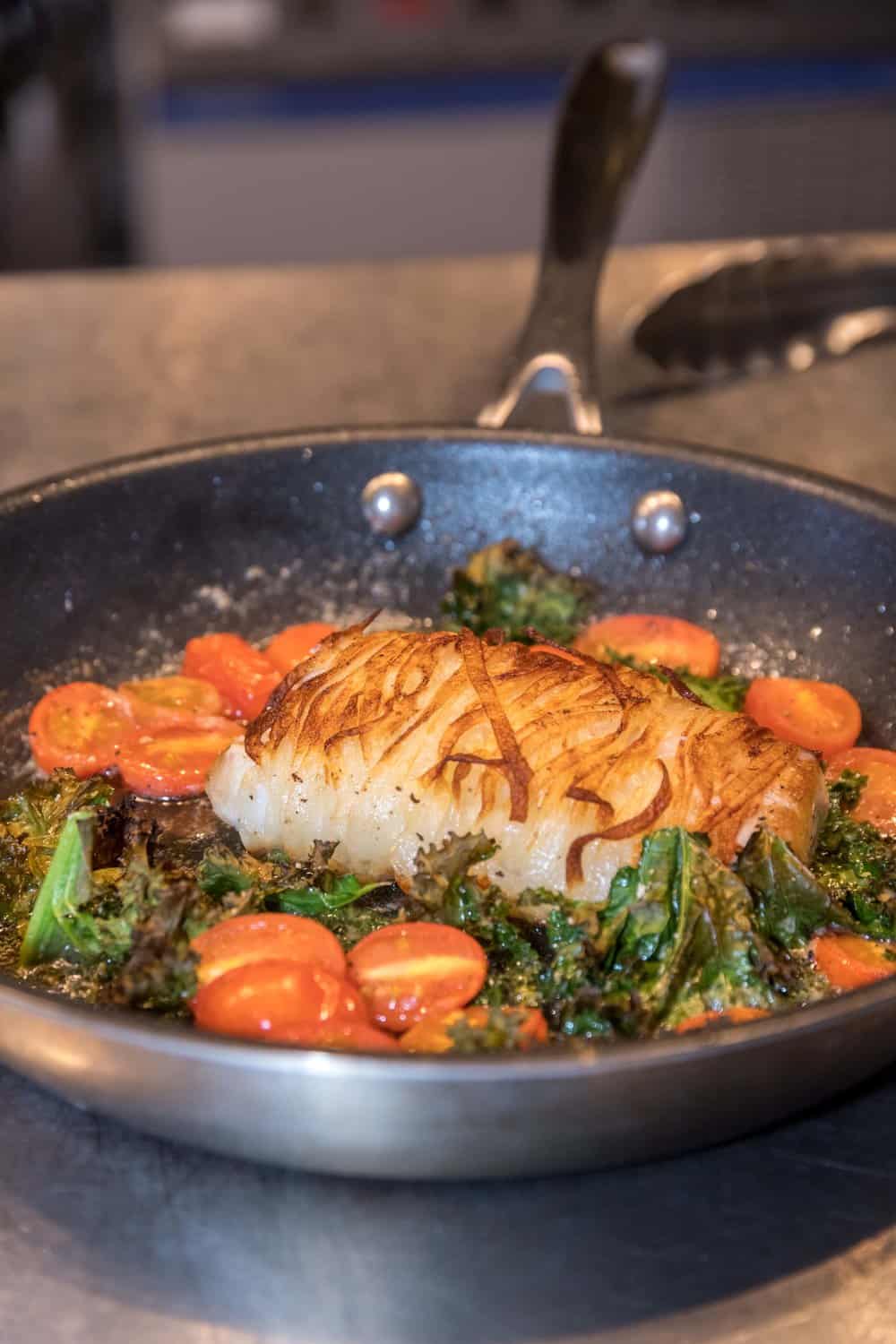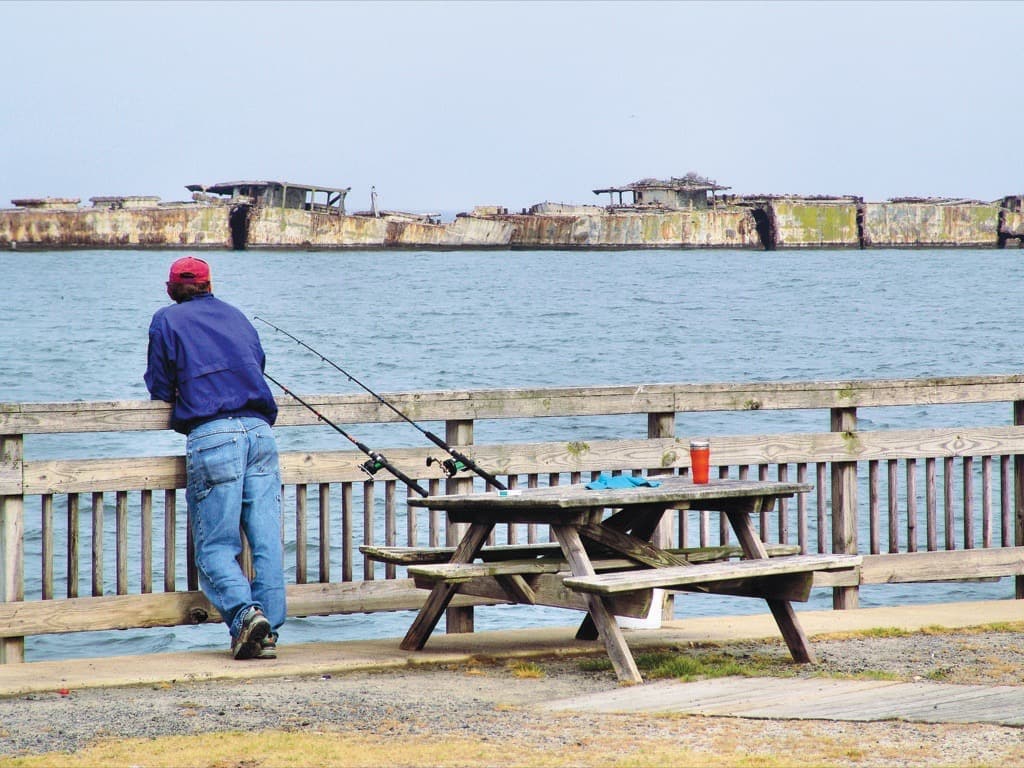Once a taste of sweetness emerged from the bitterness of the Great Depression, snowballs (or snoballs) offer relief from hot and humid summers on the Chesapeake Bay waters. While the other type of snow formed by Mother Nature brings winter delight, these icy treats, meticulously crafted from finely shaved ice, generously coated with the timeless egg custard flavored syrup, and crowned with a velvety layer of marshmallow, sustain the cool and delightful experience, offering a sweet delicacy.
Whether the origin of this treat lies in Baltimore lacks definitive evidence, but it resides at the core of the city’s culture, extending around the Chesapeake Bay to ports in Maryland, Virginia, and even Delaware’s beaches. Indeed, snowballs are a presence up and down the eastern coast.
Snowballs can be easily mistaken for snow cones, especially by those who did not spend their childhoods near the Chesapeake Bay. The finely shaved, airy texture of a snowball sets the dessert apart from a snow cone, which possesses a more granulated consistency of crushed ice, allowing the flavor syrup to settle at the base. Adorning the densely packed, syrup-soaked ice of a snowball with marshmallow or other confectionery might appear unappealing, yet it remains an essential tradition for generations of Bay residents.
The story of snowballs dates back to the 1800s during industrialization, when ice shipments traversed Baltimore. As times grew tougher in the 1920s, their popularity as “penny sundaes” surged.
One of the most renowned snowball stands exists in Woodstock, Md., a local gem located approximately 30 minutes outside Baltimore and near the Patapsco River. Since 1975, The Snowball Stand has been serving authentic delights, evolving into a community landmark. Alternatively, in eastern Baltimore County’s Sparrow’s Point, one can acquire a snowball by boat or land at Gonce Marine Ice Cream & Snowball Stand.
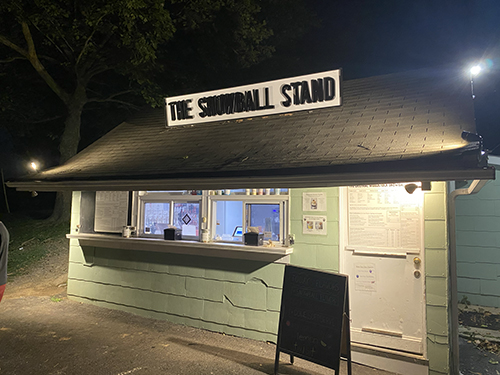
Another cherished establishment, sharing the same name, is The Snowball Stand in Berlin, situated within Maryland’s Ocean Pines area on the Eastern Shore. Continuing along the Chesapeake Bay, a stop at Pay’s Sno Shack in Crisfield, Md. is recommended before entering Virginia waters for the Old Dominion State’s interpretation of this classic Maryland treat.
Established in 2001, Pelican’s Snoballs boasts several Virginia locations and extends nationwide to the opposite coast in California. A cluster of snowball shops thrives in the Norfolk and Chesapeake, Va. region, including Penguin’s Snoballs and The SnoBall Shop.
Similar to how Maryland shares its blue crab culture with Louisiana, it also shares snowballs. New Orleans also lays claim to the dessert’s birthplace, attributing it to the advent of electric ice shaving machines in the 1930s. While debates persist over whether crabs should be prepared Louisiana-style (boiled) or Maryland-style (steamed), discrepancies regarding snowballs are notably fewer.
In Baltimore, Ice Queens Snoball Shop, a Black woman owned business, presents the traditional Baltimore treat fused with a touch of New Orleans flair. The distinction between Baltimore and New Orleans snowballs lies in the ice texture and toppings. New Orleans snowballs feature finely shaved ice and a condensed milk layer atop.
Whether styled after New Orleans or Baltimore, snowballs have traversed the Chesapeake Bay and spanned coast to coast, offering a refreshing summertime indulgence for years. For many, regardless of where they savor the snowball’s bite, it conjures memories of Baltimore—crunching on ice bathed in egg custard syrup—prompting contemplation of the region’s history.

